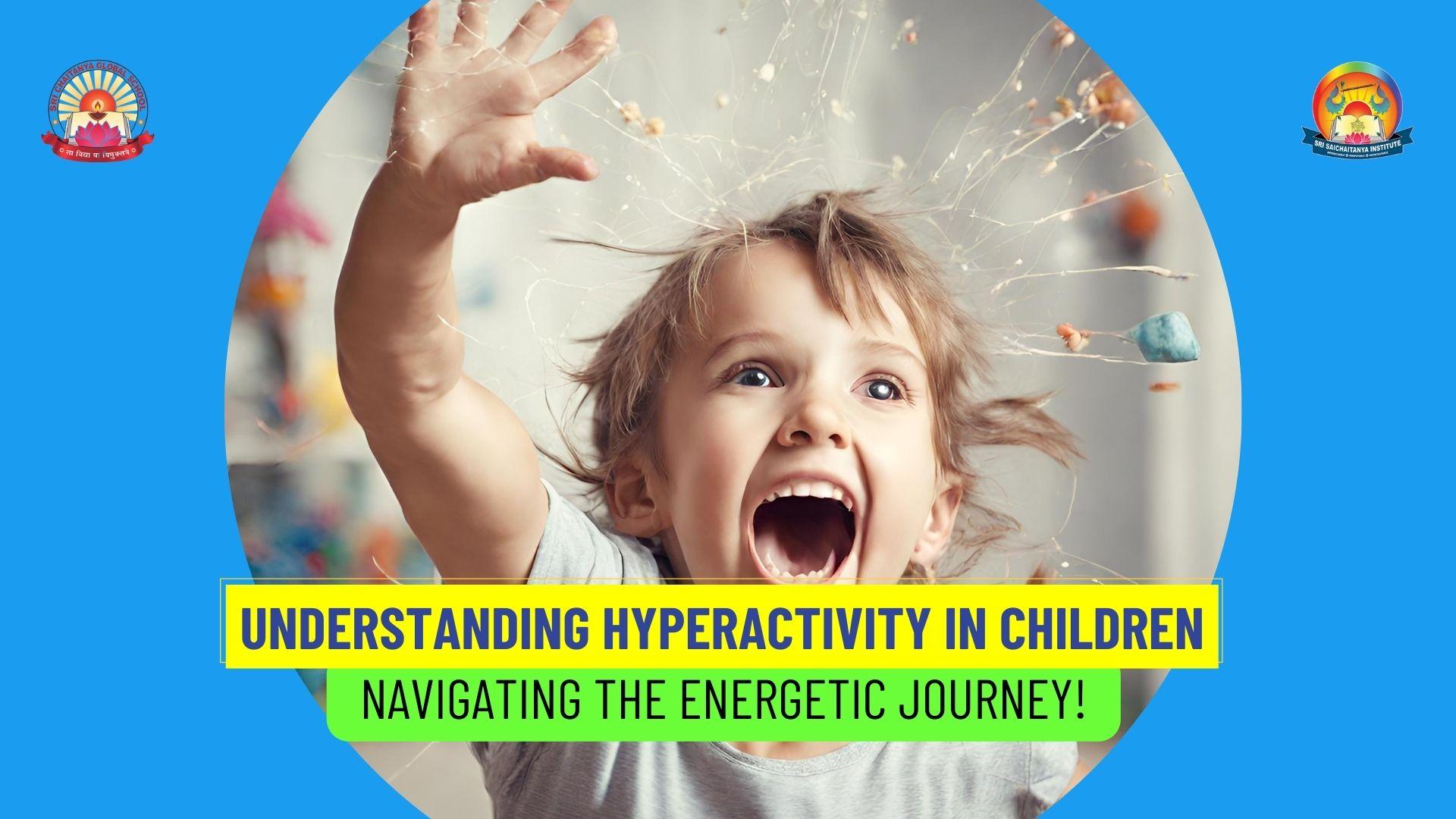Understanding Hyperactivity in Children: Navigating the Energetic Journey!
Today, we’re diving into a topic that affects many families, educators, and perhaps even some of us as future professionals in various fields—hyperactivity in children. We need to understand this phenomenon more deeply, as it plays a pivotal role in child development and education.
What is Hyperactivity?
Hyperactivity, often associated with Attention-Deficit/Hyperactivity Disorder (ADHD), is characterized by excessive motor activity, impulsivity, and difficulty sustaining attention. However, it’s essential to remember that not all hyperactive children have ADHD, and not all children with ADHD are hyperactive.
Why Does Hyperactivity Matter?
- Impact on Learning: Hyperactivity can affect a child’s ability to focus in class, leading to academic challenges.
- Social Relationships: It may hinder the development of healthy social relationships, as hyperactive behavior can be misunderstood or misinterpreted by peers.
- Parental and Teacher Stress: Caring for a hyperactive child can be demanding, leading to stress for parents and teachers.
- Emotional Well-being: Children struggling with hyperactivity may experience lower self-esteem and frustration.
What Can We Do?
- Education: As aspiring educators and professionals, we must educate ourselves on the nuances of hyperactivity. Understanding the condition empowers us to support better children who experience it.
- Inclusive Strategies: We can implement inclusive teaching strategies that cater to the diverse learning needs of children, including those with hyperactivity.
- Collaboration: Collaboration between teachers, parents, and healthcare professionals is key in identifying and addressing hyperactivity effectively.
- Support and Empathy: Showing empathy and supporting children experiencing hyperactivity is essential. Encouragement and positive reinforcement can go a long way in building their self-confidence.
- Advocate for Change: As we progress in our careers, we can advocate for policy changes that prioritize the needs of children with hyperactivity, ensuring they receive the support and resources they need to thrive.
The Takeaway
Understanding and addressing hyperactivity in children involves educators, parents, healthcare professionals, and society. We can help these energetic young minds harness their unique potential and flourish by fostering a supportive and inclusive environment.
Let’s embark on this journey of understanding and supporting hyperactive children.

